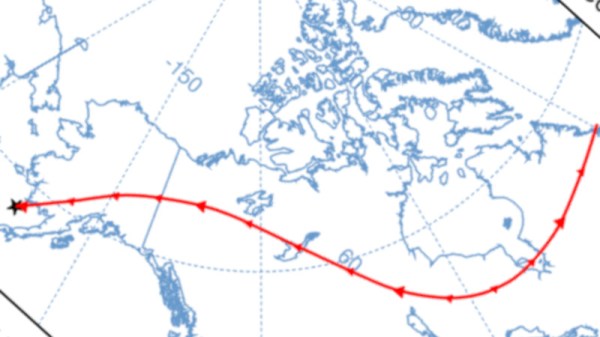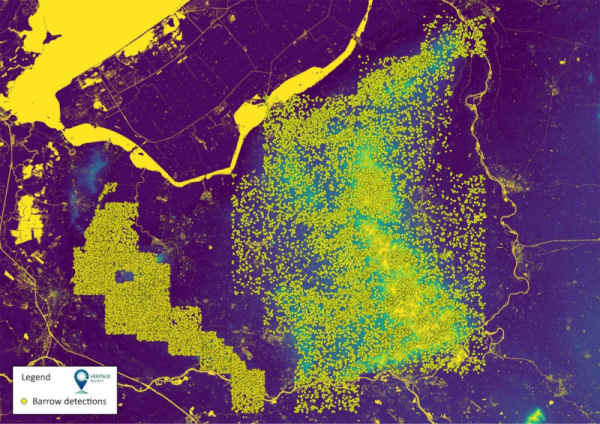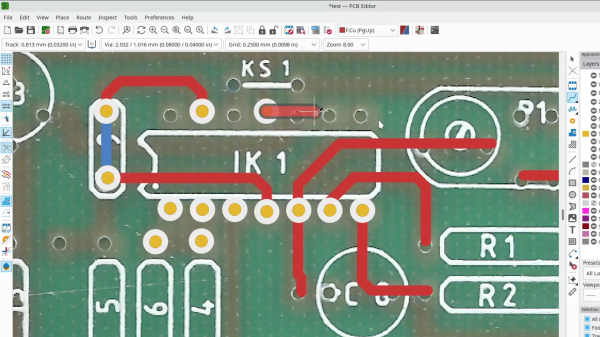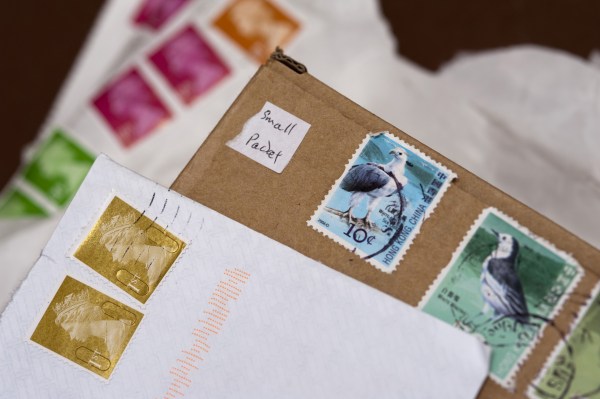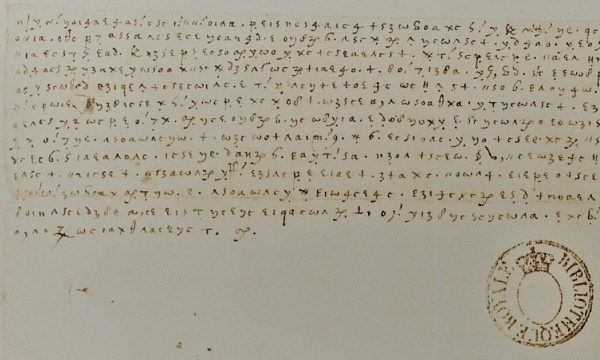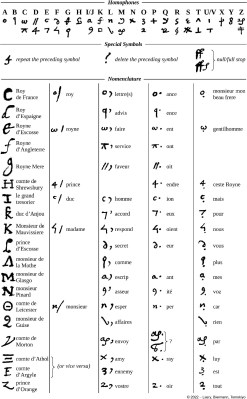Every week the Hackaday editors gather online to discuss the tech stories of the moment, and among the topics this week was the balloons shot down over North America that are thought to be Chinese spying devices. Among the banter came the amusing thought that enterprising trolls on the Pacific rim could launch balloons to keep the fearless defenders of American skies firing off missiles into the beyond.
But humor may have overshadowed by events, because it seems one of the craft they shot down was just that. It wasn’t a troll though, the evidence points to an amateur radio pico balloon — a helium-filled Mylar party balloon with a tiny solar-powered WSPR transmitter as its payload.
The balloon thought to have been shot down was launched by the Northern Illinois Bottlecap Balloon Brigade, a group of radio amateurs who launch small helium-filled Mylar balloons carrying the barest minimum for a solar-powered WSPR beacon. Its callsign was K9YO, and having circumnavigated the globe seven times since its launch on the 10th of October it was last seen off Alaska on February 11th. Its projected course and timing tallies with the craft reported shot down by the US Air Force, so it seems the military used hundreds of thousands of dollars-worth of high-tech weaponry to shoot down a few tens of dollars worth of hobby electronics they could have readily tracked online. We love the smell of napalm in the morning!
Their website has a host of technical information on the balloons and the beacons, providing a fascinating insight into this facet of amateur radio that is well worth a read in itself. The full technical details of the USAF missile system used to shoot them down, sadly remains classified.

